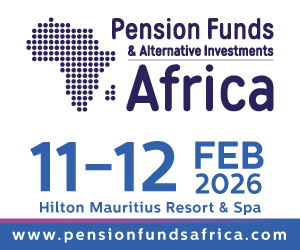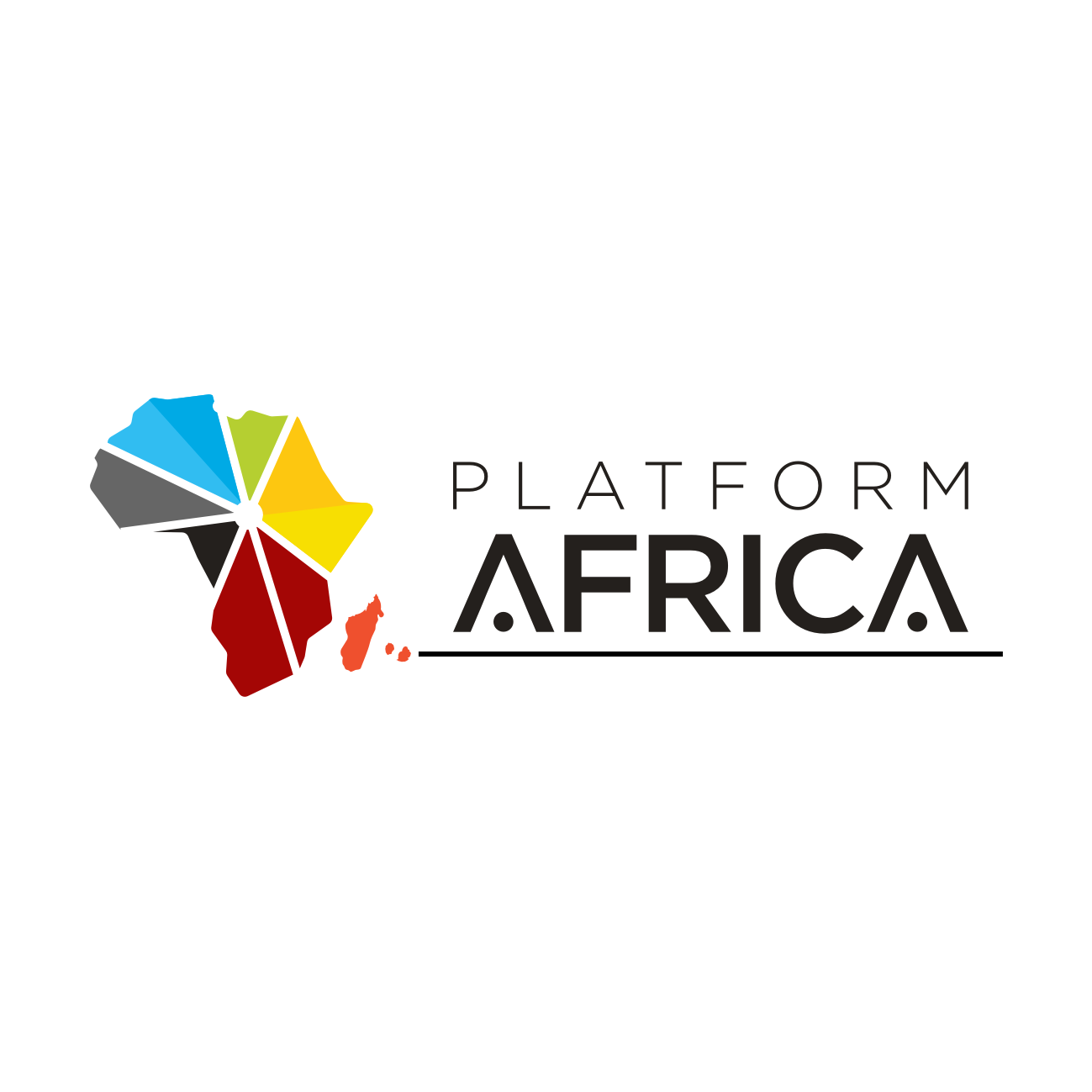This excerpt from the EU-ASEAN Business Council’s webinar, titled ASEAN’s Outlook 2024 featured Dr. Deborah Elms, Head of trade policy at the Hinrich Foundation; Choi Shing Kwok, Director and CEO at the ISEAS Yusof Ishak Institute in Singapore; and John Zhu, Chief Economist Asia Pacific for Swiss Re. The session was moderated by Chris Humphrey, Executive Director of the EU-ASEAN Business Council.
Zhu started off by presenting a mixed outlook for the region, highlighting Southeast Asia’s potential for economic growth against the backdrop of global uncertainties. Zhu painted a bullish picture for Southeast Asia (excluding China), labeling it a bright spot in the global economy. Data presented during the webinar indicates that this region has consistently enjoyed high growth rates. The chart referenced by Zhu suggests that Southeast Asia, excluding China, is likely to outperform other regions going forward, even surpassing China itself and becoming the fastest-growing region within emerging markets. While the specific factors driving this growth aren’t explicitly mentioned in this excerpt, it lays the groundwork for future discussion.
The discussion then shifts to a notable trend in interest rates. Zhu points out that while some economies, like Japan, are expected to raise rates, most of Southeast Asia is likely to see steady or even lower interest rates. This divergence is likely a response to the global economic slowdown, with central banks attempting to stimulate growth through accommodative monetary policies. A specific focus is then placed on the anticipated interest rate cuts by the US Federal Reserve. The panel views this as a positive development for Southeast Asia. Historically, lower US interest rates have led to capital inflows into emerging markets, which can provide a significant boost to regional economies. The webinar included a chart demonstrating the historical correlation between US interest rate cuts and capital inflows into emerging markets.
The conversation acknowledges the inherent uncertainties surrounding national elections scheduled for 2024 in major world economies like India, the United States, and Indonesia. While elections themselves are not inherently negative, they can introduce periods of temporary uncertainty that may affect investor confidence. The panel members, however, remain cautiously optimistic, suggesting that financial markets have become more adept at factoring in political risks.
Choi Shing Kwok, Director and CEO of the ISEAS Yusof Ishak Institute, emphasized on the importance of sustainable growth for ASEAN economies. He highlights Foreign Direct Investment (FDI) as a crucial driver, particularly greenfield investments that create new infrastructure and transfer technology. This is in contrast to “hot money” or portfolio flows, which are more volatile.
Kwok also raises the pressing issue of climate change. While acknowledging the positive aspects of economic growth, such as wealth accumulation and urbanization, he warns of the increasing frequency and severity of natural catastrophes. He emphasizes the need for investment in climate adaptation strategies, such as improved water infrastructure and drainage systems. This challenge is particularly acute for ASEAN nations experiencing rapid economic growth.
ASEAN’s Chairmanship and the Challenge of Implementation
Chris Humphrey, Executive Director of the EU-ASEAN Business Council, then steered the conversation towards ASEAN’s leadership. Deborah Elms, Head of Trade Policy at the Hinrich Foundation, offers a nuanced perspective on how Laos, a smaller ASEAN member state, might navigate its chairmanship in 2024.
Elms acknowledges the potential for initiatives under Laos’ chairmanship but cautions that their effectiveness hinges on member states’ commitment to implementation. She highlights the historical challenge of uneven implementation across ASEAN due to the region’s diverse economic development.
Elms emphasized the importance of ASEAN keeping pace with the global economic landscape. Missed opportunities during disruptions like the US-China trade war and the COVID-19 pandemic serve as cautionary tales. Elms highlights the Regional Comprehensive Economic Partnership (RCEP) as a significant opportunity for economic integration but warns that ASEAN risks falling behind if it doesn’t fully leverage the agreement. Existing agreements with individual countries like China may already offer similar benefits, making RCEP less impactful in the short term. However, RCEP can still offer long-term advantages by encouraging businesses to think regionally and tap into larger markets.
Elms also critiques the slow progress on digital economy initiatives within ASEAN. The 2018 e-commerce agreement presents a case study, with detailed work plans failing to translate into significant progress. This lack of implementation raises concerns about ASEAN’s commitment to newer initiatives like the Digital Economy Framework Agreement (DEFA).
Elms concludes by emphasizing the need for a more consolidated approach to digital agendas within ASEAN. Responsibilities currently scattered across various ministries and bodies hinder effective outcomes. Overall, the excerpt highlights a sense of cautious optimism about ASEAN’s potential, but also underscores the need for stronger commitment and more cohesive implementation strategies to fully capitalize on existing and emerging opportunities.
Furthermore, Shing Kwok acknowledges the trend of companies adopting “China plus one” strategies, diversifying their manufacturing bases beyond China. He highlights that Southeast Asia has already seen an increase in new manufacturing facilities. While some investment may flow to other regions, Kwok suggests that individual ASEAN countries have been facilitating this shift on a national level. This approach involves selectively relaxing regulations for specific investments in designated locations, rather than a complete overhaul of investment rules across the board.
Kwok identifies infrastructure deficiencies and lack of access to reliable, sustainable power as significant hurdles to attracting further investment. These national-level challenges create real barriers for companies seeking a home for their “China plus one” operations. Kwok offers a fresh perspective on the Regional Comprehensive Economic Partnership (RCEP). He downplays the immediate impact of RCEP on reducing tariffs between ASEAN and its dialogue partners. Instead, he emphasizes RCEP’s role in simplifying and standardizing trade rules across multiple existing agreements. This streamlining benefits ASEAN businesses by reducing administrative burdens. Kwok also highlights the potential long-term gains for ASEAN, such as increased investment, upskilling of the workforce, and formalization of informal economies within the region.
Additionally, Zhu reinforces the point that RCEP’s significance for ASEAN lies in its long-term potential, particularly for boosting trade among China, South Korea, and Japan. He highlights the global trend of governments resorting to industrial policies, potentially undermining the dominance of free trade. This shift towards “second-best world solutions” may involve interventions aimed at offsetting policies enacted by other countries. While potentially leading to higher inflation and reduced efficiency, these interventions could also benefit targeted sectors through increased government investment.




